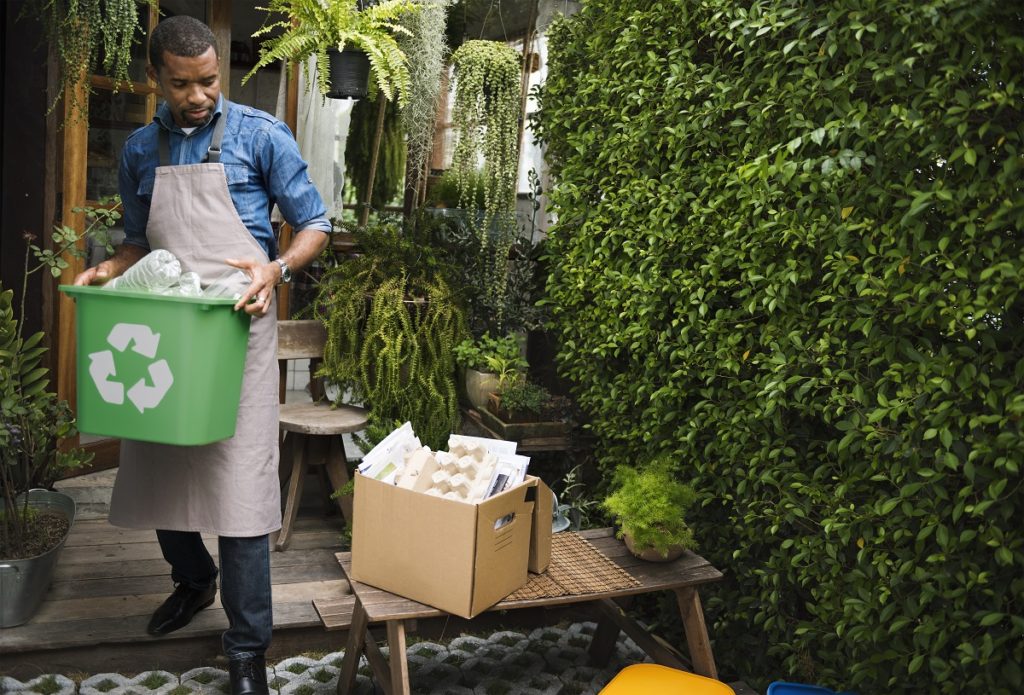Except at the top end of the market, modern technology has generally made the latest devices both more powerful and relatively inexpensive compared to previous iterations. This encourages consumers to develop a mindset of replacing their electronic devices every few years. But the processes involved in manufacturing and disposing of electronics can strain our environmental resources and contribute to pollution. Here’s what you can do to improve the way you handle your devices and minimize the impact on our environment.
Perform routine check-ups
A responsible homeowner wouldn’t think twice about doing the necessary maintenance around the house, such as tuning up their air-conditioning unit and checking for leaks before the seasons change. These items are on the checklist of things to do periodically, which ultimately ensures that a home remains comfortable to live in all-year-round.
Our electronic devices also require occasional maintenance to ensure their performance meets our needs. Whether it’s a simple process like updating your apps or an activity that requires more effort on your part, such as clearing out files and uninstalling programs to free up disk space, these check-ups will boost your device’s functionality and lifespan.
Practice safe handling
Over the years, mobile devices have become so convenient to use. Most people wouldn’t think twice about working with their laptops in bed or swiping away on their phones while eating or drinking. Seemingly harmless practices may, however, put your devices at risk.
For instance, not only does phone use during meals reduce the quality of conversation, but it also creates the possibility of a food mishap. Get water or food on your device, and it might not function properly afterward. Laptops need proper ventilation to avoid overheating. Do not set them down on soft surfaces, such as cloth, where the circulation of air could be impeded. Safer handling of your devices daily is an easy way to keep them in excellent condition for a long time.
Evaluate the necessity of replacement
The electronics industry thrives on constantly offering new and improved versions of products every year or two, and consumers have largely been encouraged to adopt the mindset of keeping up and discarding obsolete models. Not only does this increase production demand and environmental strain, but it could also be a significant area of unnecessary spending on your part. Instead of automatically buying the latest release, evaluate what you need your device for—and whether your current model still fulfills those needs. This way, you can save more money through infrequent purchases while also protecting the environment.
 Look for recycling options
Look for recycling options
Even the best care practices for electronic devices can only go so far. Eventually, your old phone or laptop will suffer performance deteriorations that cause it to no longer function adequately relative to your needs. When the time comes to dispose of an old device, look for environment-friendly recycling options to reduce the harmful effects of electronic waste in landfills or incinerators. In addition to finding local recyclers, some retailers may offer trade-in programs, while you could also sell even broken-down devices for parts or donate them to students, for example.
By changing the way you treat your devices and shifting out of the typical consumer’s “must-upgrade” mindset, you can make each device last longer and thereby reduce the adverse impact its lifecycle has on the environment.




